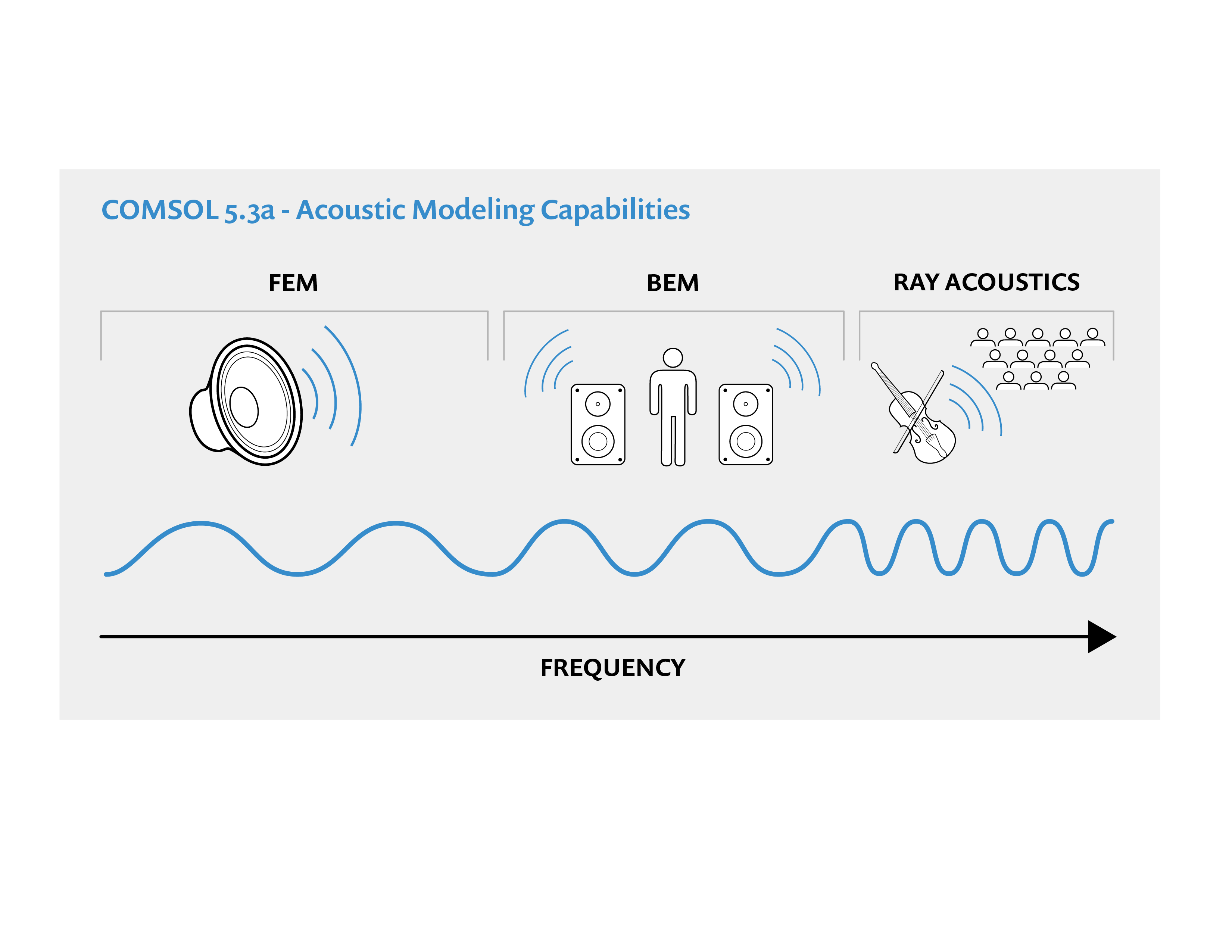Comsol Multiphysics Rapidshare Library
- Posted in:Admin
- 26/12/17
- 60

As of version 5.3 of COMSOL Multiphysics®, the RF Module includes a new part library, tutorial models, and more. Get the release details here. COMSOL Multiphysics is required to run any of the. And grant access to a large library of material properties. COMSOL software integrates seamlessly with. COMSOL Multiphysics ® version 5.2 delivers new features, improved stability and robustness, and faster execution. Major upgrades to the Application Builder include.
Nonlinear Structural Materials Module Updates For users of the Nonlinear Structural Materials Module, COMSOL Multiphysics ® version 5. Parthan Kanda Paralokam Songs Mp3 Free Download. 3a brings shape memory alloys, modeled with the Lagoudas or Souza-Auricchio models, and improvements to the porous plasticity feature. Learn about these features below. Shape Memory Alloys Shape memory alloys are becoming increasingly popular, particularly for medical applications. The mechanical description of shape memory alloys is complex, since the intriguing behavior of these materials is caused by phase transformations, which can be triggered both by mechanical stresses and changes in temperature.
The two most common mathematical models for describing shape memory alloys have been added: Lagoudas and Souza-Auricchio. When using either model, you have the ability to define the Austenite and Martensite material properties, as well as phase transformation properties, such as start and finish temperatures. Associated with this is a new interface for heat transfer in shape memory alloys, available in the Heat Transfer Module. Heat Transfer in Shape Memory Alloys The behavior of shape memory alloys (SMA) is tightly related to temperature, and any structural changes (Austenite ↔ Martensite) will release or absorb energy, changing the thermal properties of the alloys. The Shape Memory Alloy feature in the heat transfer interfaces accounts for the Martensite and Austenite volume fraction. Effective thermal properties are then defined from the thermal properties of each phase.
This Shape Memory Alloy feature is designed to be combined with the new Shape Memory Alloy feature included with the Nonlinear Structural Materials Module. To include it in your model, select the Heat transfer in alloys check box in the main Heat Transfer interface node, and the Shape Memory Alloy feature will be available as a Domain boundary condition. Improved Default Plots The default plots in the structural mechanics physics interfaces have been updated to produce more informative visualizations. The Application Library tutorials have been updated accordingly. In this example, you can see brighter colors in the stress plot (RainbowLight color table), and plastic strain contours and contact pressure contours have been added by default. For comparison, a plot from the default plot in COMSOL Multiphysics ® version 5.3 of the same model is shown. Bozteck Venm Console 2012 Crack.
In this example, you can see brighter colors in the stress plot (RainbowLight color table), and plastic strain contours and contact pressure contours have been added by default. For comparison, a plot from the default plot in COMSOL Multiphysics ® version 5.3 of the same model is shown. New Tutorial Model: Uniaxial Loading of Shape Memory Alloy In this tutorial model, three different loading scenarios are used in order to highlight different behaviors of a shape memory alloy: • A loading-unloading cycle at different temperatures, displaying the superelasticity property at higher temperatures • A scheme with partial loading-unloading at constant temperature, showing the strong hysteresis effect • A loading cycle that produces a residual strain, followed by a temperature increase, which resets the strain to zero, thus showing the shape memory effect.
